Articles

The Evolution of Equestrian Surfaces: From Basic Sand to Sophisticated Fibrewax®
This guide will walk you through this fascinating evolution, highlighting key milestones and current trends.
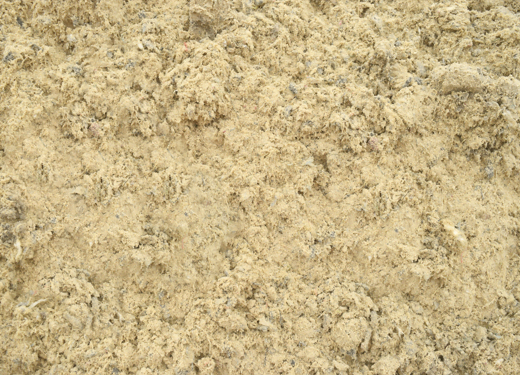
Understanding the Role of Wax in Equestrian Surfaces: A Deep Dive into its Benefits
In this guide, we’ll delve deeper into why wax is such a game-changer in equestrian surfaces.
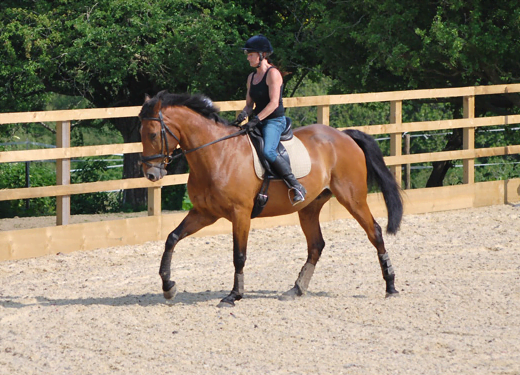
How to Tell if Your Equestrian Riding Surface Needs to be Replaced
A well-maintained equestrian riding surface is essential for the safety and performance of both horse and rider. In this article, we’ll discuss these signs in detail…
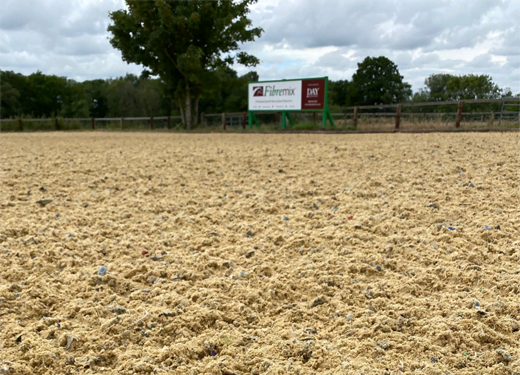
Comparing Different Types of Equestrian Riding Surfaces
Selecting the appropriate equestrian riding surface is crucial for ensuring the safety and performance of both horse and rider. In this article, we’ll explore different types of equestrian riding surfaces and their advantages and disadvantages…
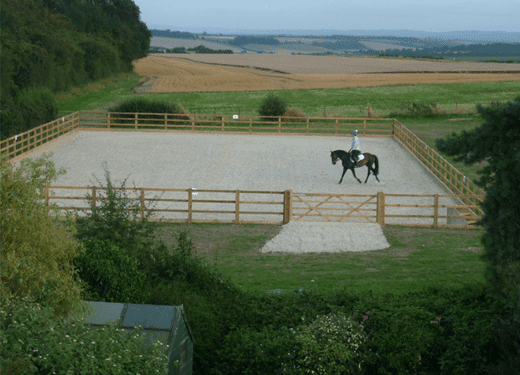
The History of Horse Riding Surfaces
The history of horse riding surfaces dates back to ancient times when horses were first domesticated and used for transportation, hunting, and warfare. In this article, we’ll dig into the origins and history of riding arenas…
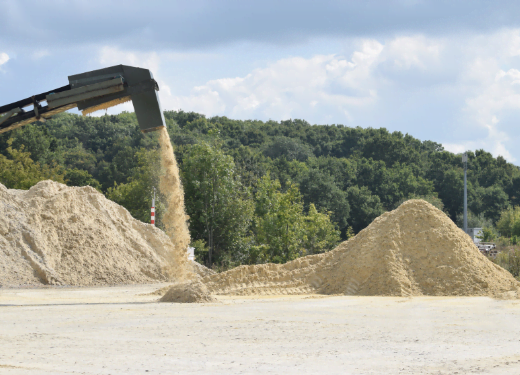
Premixed Surfaces Versus Mixing-in-situ
When buying a sand and fibre surface, you will need to decide between purchasing the materials premixed or…

The Importance of Surface Irrigation During Dry Weather
Watering your arena surface has never been more critical than during the summer months when increased temperatures and a lack of rainfall can quickly…

Five Things to Consider Before Building a Riding Arena
If you’re building a riding arena, you should consider these five things before starting construction…
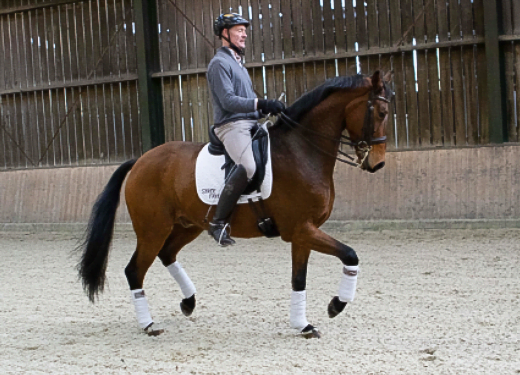
A Guide to Equine Biomechanics & Riding Arena Surfaces
This guide will explain the relationship between riding arena surfaces and equine biomechanics, which combines biology, physiology and…
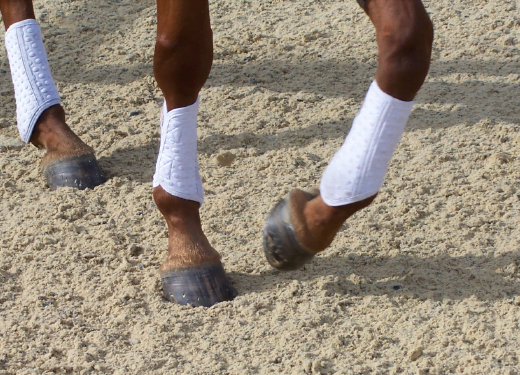
The Different Properties of Waxed and Non-Waxed Surfaces
Each surface has its own unique set of features which can help to inform your purchasing decision, based on your own riding requirements and personal…
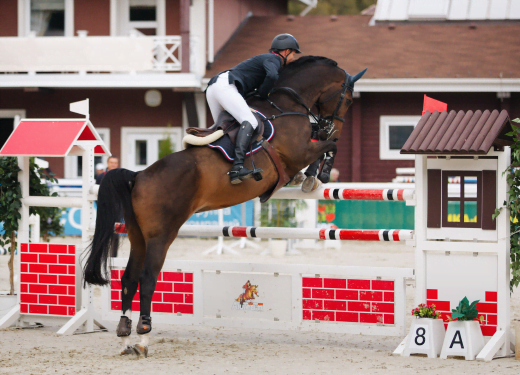
Choosing the Right Surface for Showjumping
For horses to perform at their best, they require complete confidence in their footing and a safe arena surface on which to train…

The Importance of Arena Surfaces in the Development of Competition Horses
It takes many years of hard work and dedication to produce a successful competition horse. These top-level sports horses’ are often an expensive investment, so being able to train…

The Importance of Good Quality Silica Sand
Most of us would probably think that one type of sand is like another, but this is not true…

Factors to Consider when Planning a New Riding Arena
When constructed correctly, riding arenas provide a safe, stable and level surface on which to train and exercise your horse…
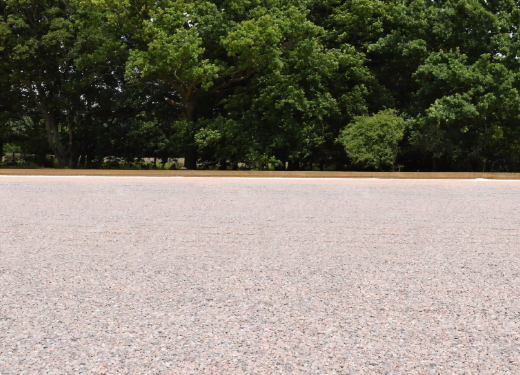
The Importance of a Good Drainage Layer
When constructing your new arena, it’s essential to build a solid and free-draining base using the correct construction methods and…
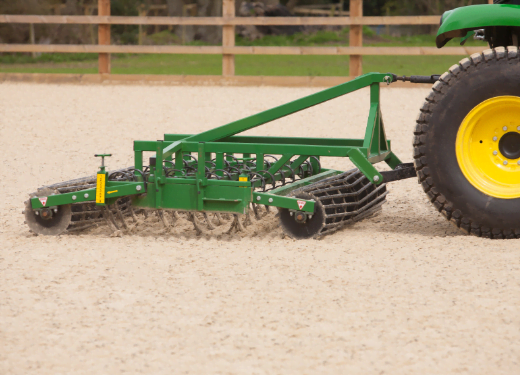
Arena Maintenance
Taking good care of your arena surface with a thorough and regular maintenance regime is essential to keeping your equestrian surface…

Winter Arena Maintenance
Your riding arena is a substantial investment, so keeping it maintained throughout the year should be an indispensable part of your routine…
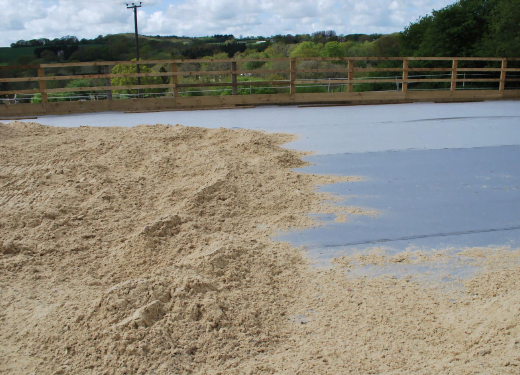
Choosing Your Arena Footing
In an ideal world, we would all school and exercise our horses on turf as this is the most appropriate surface for equines to work on. However, turf requires enormous…
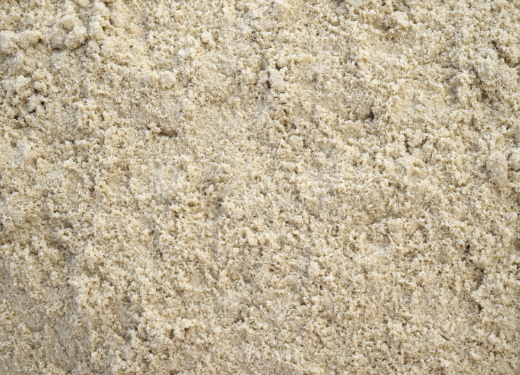
What Makes a Good Equestrian Sand?
The main requirement of an equestrian sand is to provide the horse with a riding surface that is sufficiently firm, supportive and which gives…
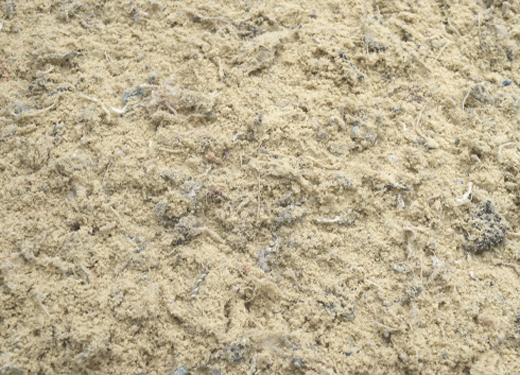
Fibremix™ | A Premixed Arena Surface
Thanks to its affordability and easy installation, Fibremix™ has become our most popular riding arena surface – loved by both professional and private…

Fibrewax®| A Waxed Equestrian Surface
Fibrewax® is a responsive and durable equestrian riding surface that provides your horse with the correct balance of…
